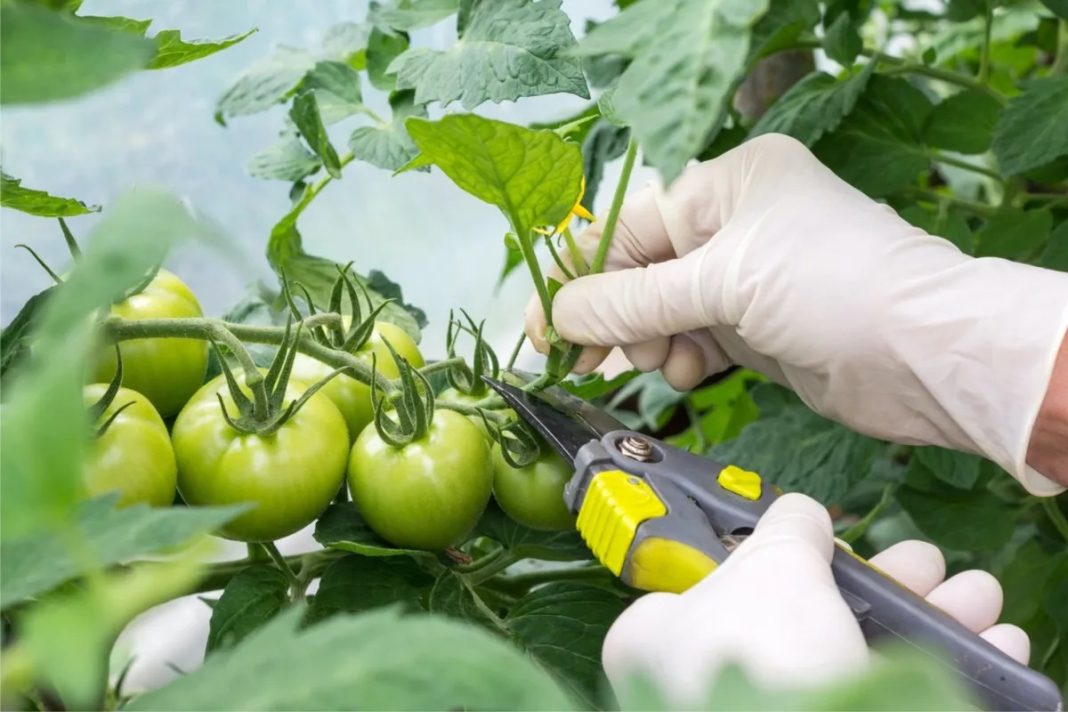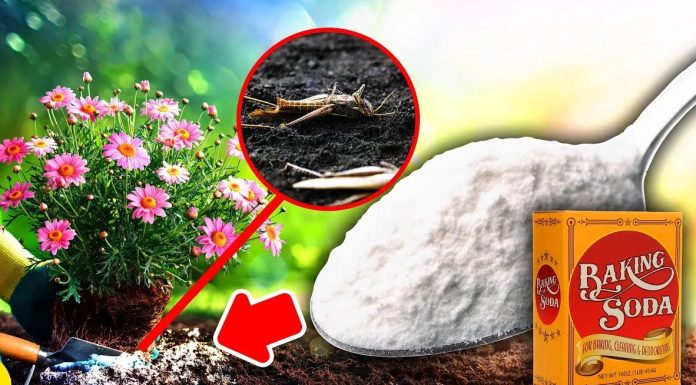Tomato plants are a staple in many home gardens, prized for their juicy, flavorful fruits. To ensure your tomato plants thrive and produce the best yield, proper care and maintenance are essential. One crucial aspect of tomato plant care is the removal of lower leaves. This practice, often overlooked, can significantly impact the health and productivity of your tomato plants. In this article, we will explore the benefits of removing lower leaves from tomato plants and provide a step-by-step guide on how to do it effectively.
2. Improved Air Circulation
Tomato plants can become quite bushy, leading to poor air circulation, especially near the base of the plant. Poor air circulation creates a humid environment that fosters the growth of fungal diseases. Removing the lower leaves helps improve airflow around the base of the plant, reducing humidity and the risk of fungal infections. Better air circulation also helps the plant dry faster after rain or watering, further minimizing disease risks.
3. Enhanced Sunlight Exposure
Sunlight is crucial for photosynthesis, the process by which plants convert light into energy. Lower leaves often receive less sunlight because they are shaded by the upper leaves and surrounding plants. Removing these shaded, less productive leaves allows more sunlight to reach the upper parts of the plant, enhancing photosynthesis. This increased light exposure can lead to healthier, more vigorous growth and better fruit production.
4. More Efficient Nutrient Use
Tomato plants need a lot of nutrients to grow and produce fruit. Lower leaves, especially older ones, can drain nutrients from the plant without contributing much to its overall health and productivity. By removing these leaves, the plant can redirect its energy and nutrients to the developing fruit and new growth. This more efficient use of nutrients can lead to larger, more flavorful tomatoes.
5. Easier Watering and Harvesting
Pruning the lower leaves of your tomato plants can make tasks like watering and harvesting much easier. Without the dense foliage at the base, you can water the plant directly at the root zone, ensuring the water goes where it’s needed most. Additionally, harvesting ripe tomatoes becomes more straightforward when you don’t have to navigate through a jungle of leaves.
How to Remove Lower Leaves: A Step-by-Step Guide
Removing lower leaves from tomato plants is a simple process, but it should be done carefully to avoid damaging the plant. Here’s a step-by-step guide:
1. Gather Your Tools
You’ll need a pair of clean, sharp scissors or pruning shears. It’s important to use clean tools to prevent the spread of disease.
2. Identify the Leaves to Remove
Look for leaves that are touching the ground or are close to the soil. These are the leaves most at risk of disease. Additionally, remove any yellowing or diseased leaves you find.
3. Make Clean Cuts
Cut the leaves close to the main stem, but avoid damaging the stem itself. It’s best to prune in dry weather to reduce the risk of disease entering through the cuts.
4. Dispose of Removed Leaves
Do not leave the removed leaves on the ground near your plants, as they can still harbor disease. Dispose of them properly, either by composting them in a hot compost pile or discarding them in the trash.
5. Regular Maintenance
Regularly check your tomato plants throughout the growing season and remove any additional lower leaves that may develop. This ongoing maintenance helps keep your plants healthy and productive.
Conclusion
Removing the lower leaves from tomato plants is a simple yet effective way to improve their health and productivity. By preventing disease, enhancing air circulation and sunlight exposure, ensuring more efficient nutrient use, and making watering and harvesting easier, you can enjoy a bountiful harvest of delicious tomatoes. Remember to prune carefully and regularly, and your tomato plants will reward you with their best performance.
Incorporate this practice into your gardening routine, and you’ll see a noticeable difference in the vitality and yield of your tomato plants. Happy gardening!
Why Remove Lower Leaves?
1. Disease Prevention
One of the primary reasons to remove the lower leaves of tomato plants is to prevent disease. Lower leaves are more likely to come into contact with the soil, which can harbor harmful pathogens. Soil-borne diseases such as blight can easily splash onto the leaves during watering or rainfall, leading to infection. By removing these lower leaves, you create a buffer zone that reduces the likelihood of disease spreading to the rest of the plant










